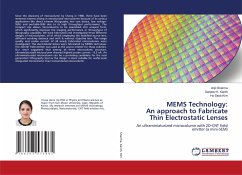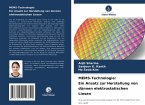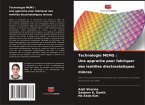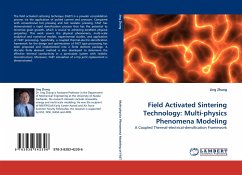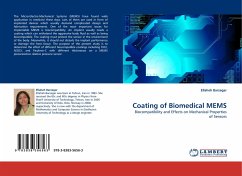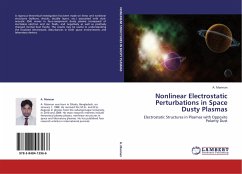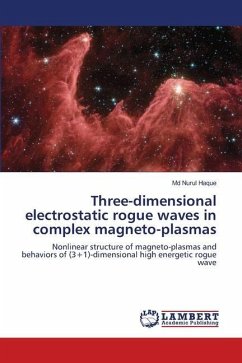Since the discovery of microcolumn by Chang in 1980, there have been immense interest arising in miniaturized microcolumn because of its various applications like direct e-beam lithography, low cost device, low voltage-SEM, and portable-SEM due to its high throughput performance. The compact size allows microcolumns to be assembled into arrayed form, which significantly improves the imaging performance or throughput of lithography capability. We have fabricated and investigated three different designs of microcolumns, all of which employing the modified source lens, different working distance and with & without objective lens. The image quality and probe current of all newly fabricated microcolumns were investigated. The electrostatic lenses were fabricated by MEMS technique. The 2D-CNT field emitter was used as the source emitter for these columns. Our result suggested that among all three microcolumn structure, ultraminiaturized microcolumn showed highest probe current ~9.5 nA.An ultraminiaturized microcolumn can be a promising candidate for the next generation lithography tool as the design is more suitable for wafer-scale integrated microcolumn than Conventional microcolumn.
Bitte wählen Sie Ihr Anliegen aus.
Rechnungen
Retourenschein anfordern
Bestellstatus
Storno

